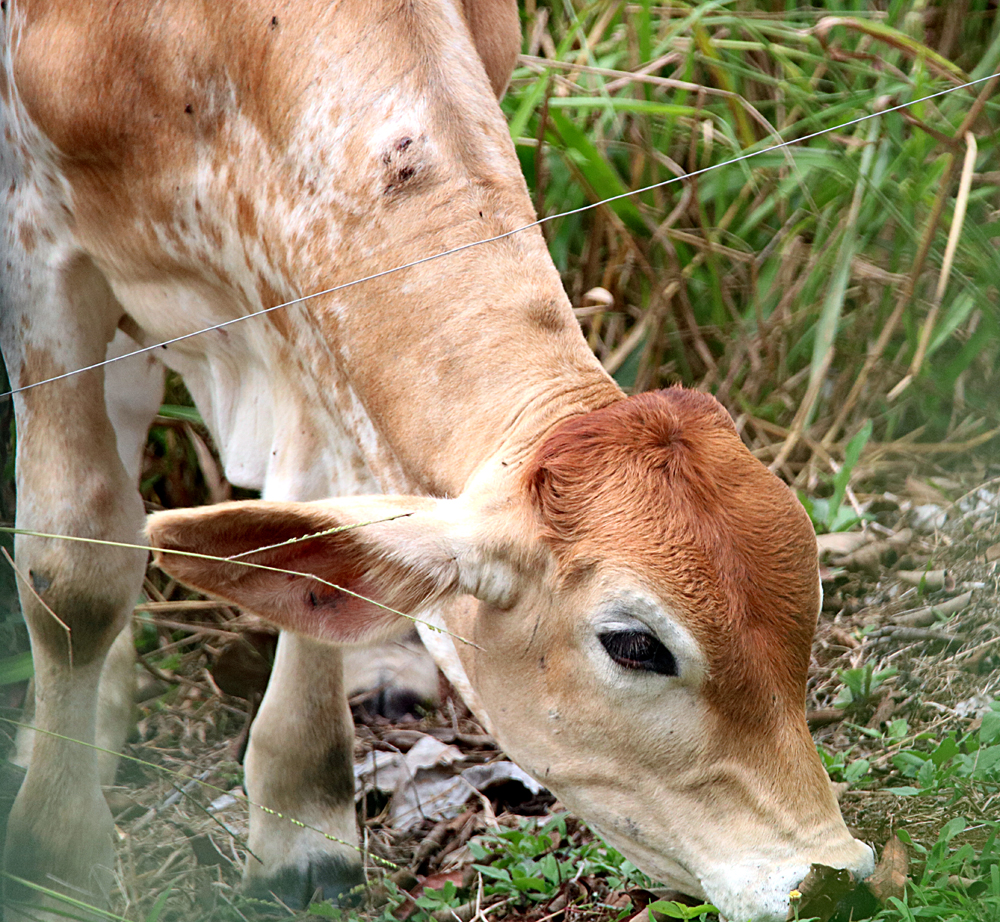
And like with most of the young everywhere it seems, the grass appears greener on the other side of the fence! 🙂
¡Pura Vida!

And like with most of the young everywhere it seems, the grass appears greener on the other side of the fence! 🙂
¡Pura Vida!
As my last post from the Tortuguero Adventure, I’m introducing just one of several unusual flowers at Tortuga Lodge & Gardens which help them live up to the “gardens” part of their name. The iNaturalist AI is “confident” that the flowers in both of these photos are in the Genus Columnea (linked to Wikipedia taxonomy article) or you can see other examples in Costa Rica that have been submitted with that genus, including some with specific species, on iNaturalistCR-Genus-Columnea. And as the first “suggestion” species on both these similar but different photos, they give the species name Columnea nicaraguensis. (linked to photos of that species on iNaturalist Costa Rica). And that is most likely the correct species of these two photos even though they seem a little different.
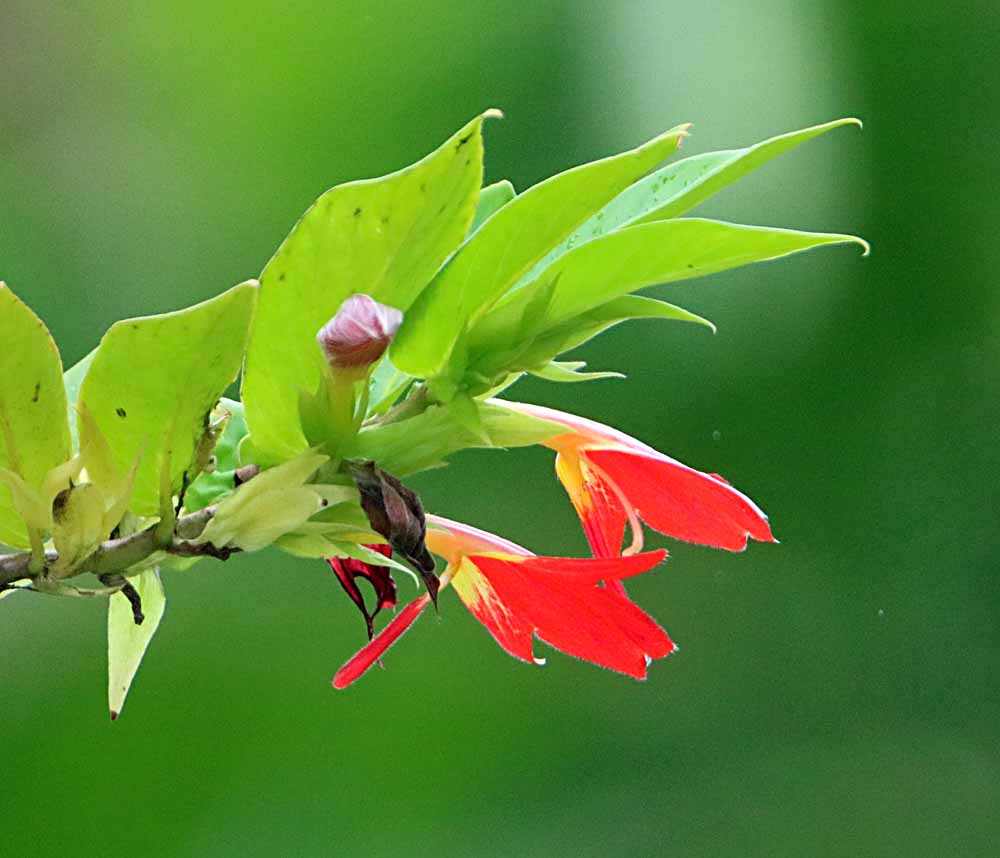
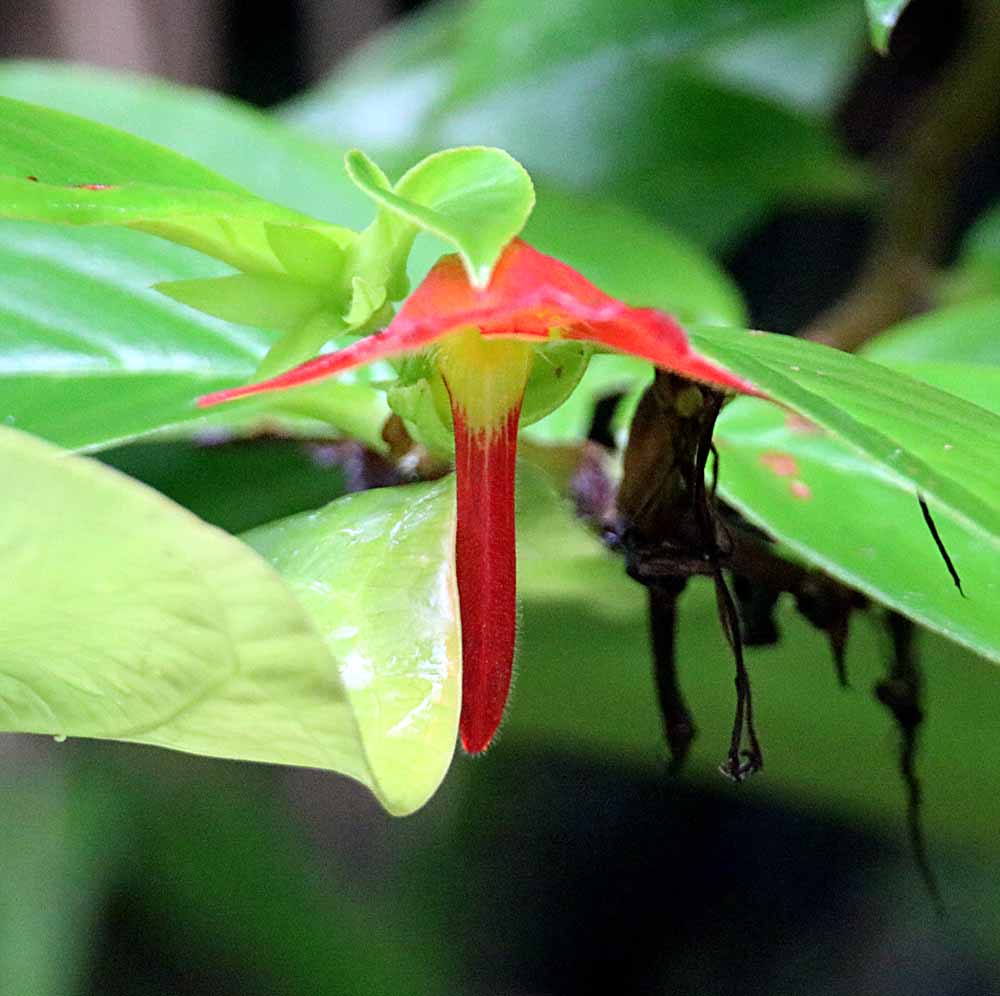
Be sure to check out the FLOWERS gallery in the Trip Gallery and notice other interesting flowers like the Peacock Flower, Night-scented Orchid and Pheasant’s Tail! 🙂
¡Pura Vida!
Tomorrow it is back to photos from my garden and for about a week, shots made in early September that I held for now. 🙂
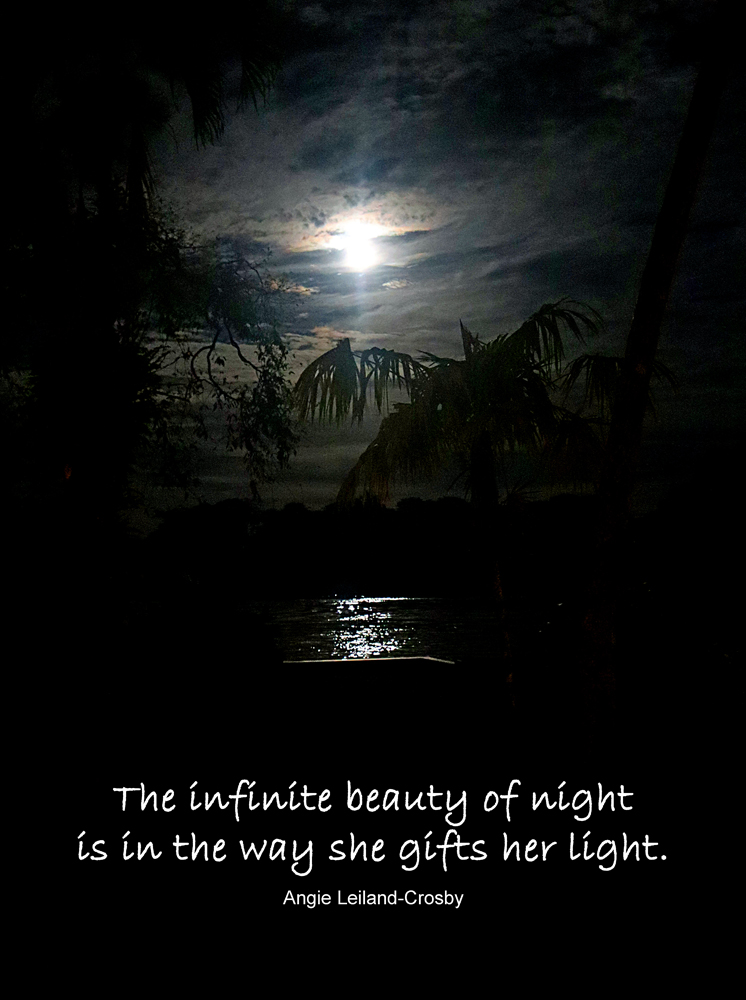
¡Pura Vida!
Photo made by Charlie Doggett on a Samsung J8 Cellphone during dinner in the restaurant of Tortuga Lodge & Gardens, Tortuguero National Park, Limón, Costa Rica, September 8, 2025.
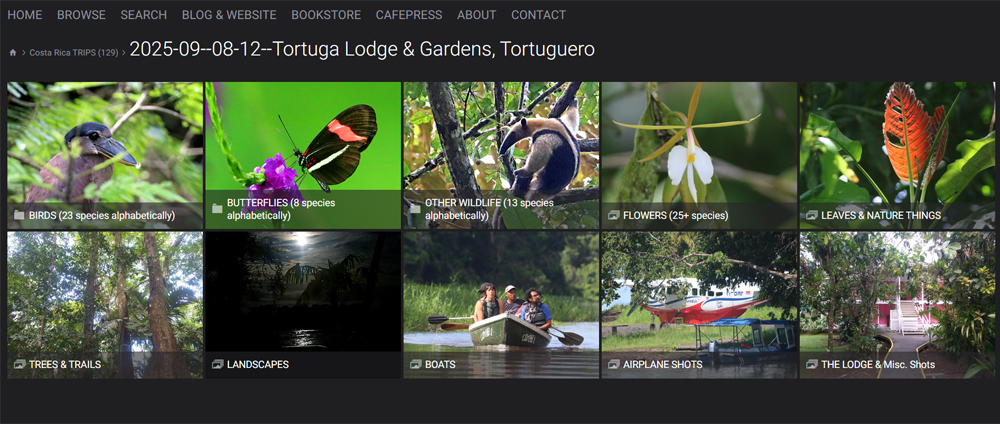
Go to: https://charliedoggett.smugmug.com/TRIPS/2025-09-08-12-Tortuga-Lodge-Gardens-Tortuguero
For the last two weeks I’ve shared photos made on my 4-night trip to “The Amazon of Costa Rica,” Tortuguero National Park. And that was only the “tip of the iceberg” of the many photos made. See them all in the above gallery! Having this kind of nature adventures is why I chose to live out my retirement in Costa Rica and it has already surpassed my hopes and dreams and though I have to slow down some, the adventures continue! Sometimes in my little backyard garden! 🙂
¡Pura Vida!
out of the 3 that live in Tortuguero were photographed on my trip there more than a week ago now. I always see monkeys in Tortuguero, both at the lodges and on the boat trips or forest trail hikes like I did on the Jaguar Trail this trip. Here’s just 2 shots, one each of a Mantled Howler Monkey and a Central American Spider Monkey. My Trip Gallery is now finished, so you can now see several shots of each species there:
And oh yes, the third monkey usually seen in Tortuguero is the White-faced Capuchin Monkey (linked to my species gallery) but I did not see one this time, which is unusual. They are the most aggressive of the three and will steal food from your bags, etc.
Here’s one shot each of the Howler and Spider monkeys from this trip . . .
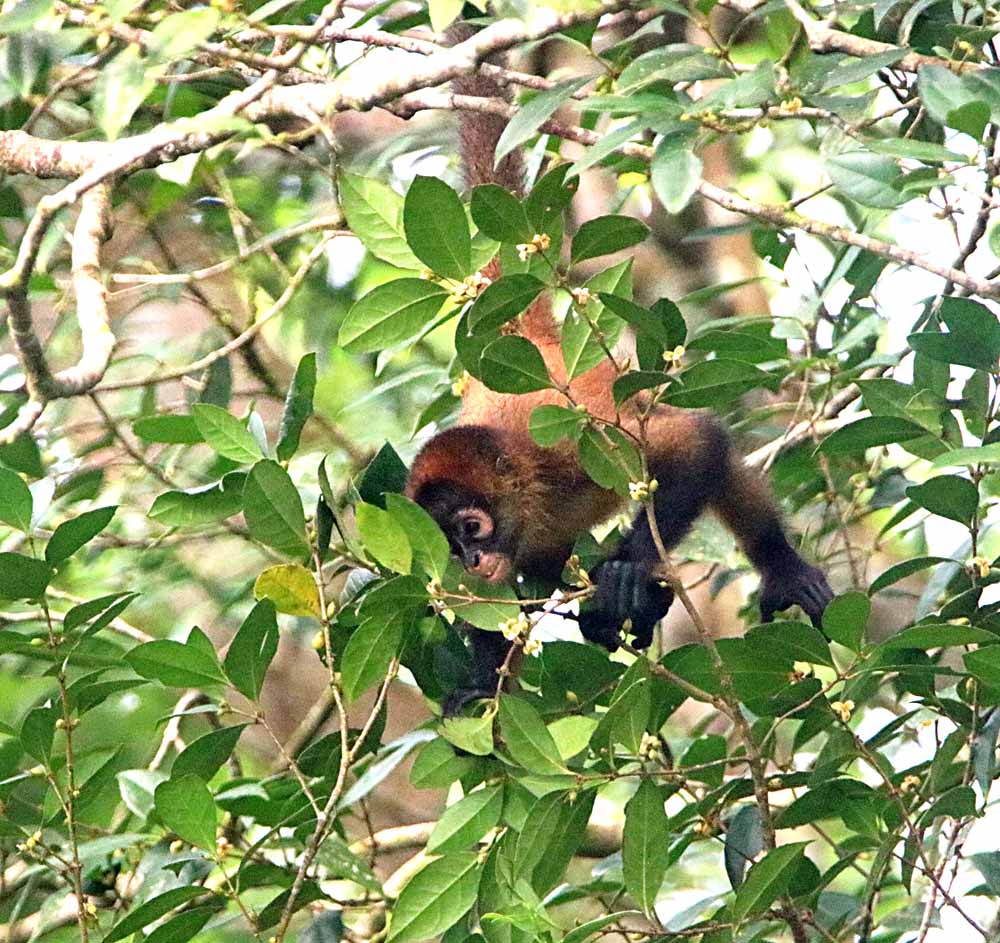
One of the many interesting things seen on my Jaguar Trail hike (Tortuguero) was a Northern Tamandua, a type of anteater. He was high in the many dark shady trees and thus very difficult to photograph, but here are 3 photographs that give you an idea of this larger than monkeys but smaller than an adult man, looking like he is wearing black coveralls or vest or suspenders! 🙂 You can see the few other photos I’ve made in other parts of Costa Rica of this interesting mammal in my gallery: Anteater, Northern Tamandua, Tamandua mexicana. This one lives throughout Central America from Southern Mexico to the northern edges of the Andes, though there is also another, larger, species of anteater in South America called “Giant Anteater.” Here’s 3 photos made on one of my hikes in Tortuguero National Park a week or so ago . . .
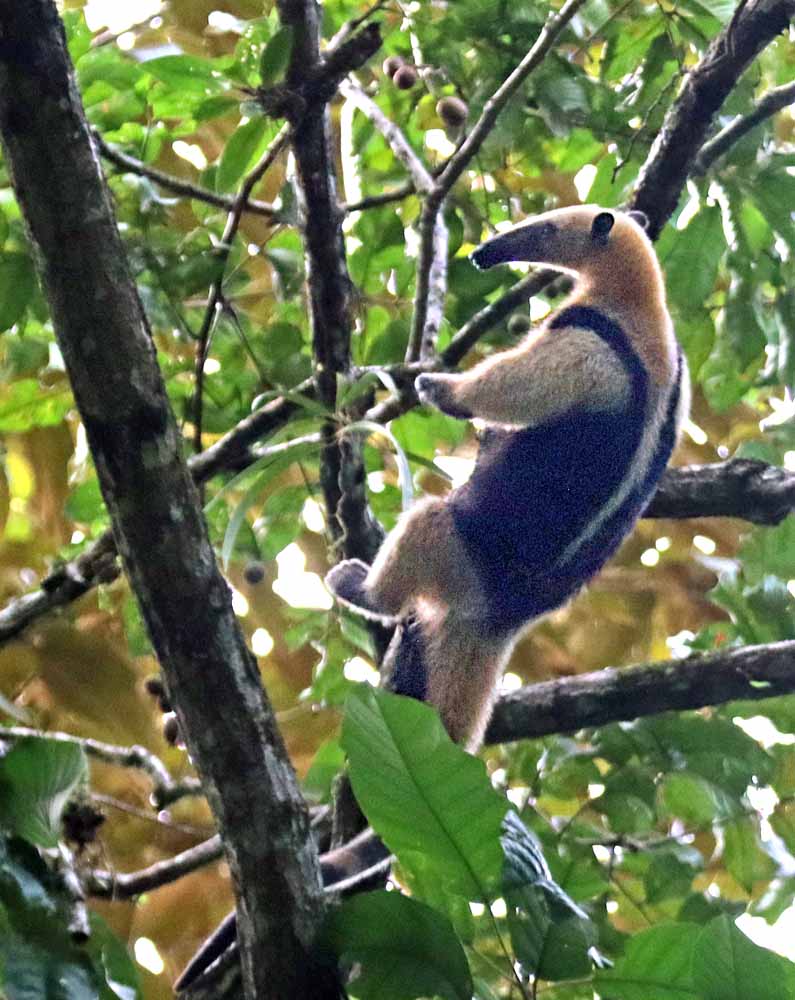
This Heliconius erato (scientific name) has the English Common Name of “Red Postman” as opposed to the Heliconius melpomene rosina (my gallery link) which is often called just plain “Postman.” There is only a slight difference in both the red and the white bars on these two similar butterflies
And note that this one in today’s post has a very long Spanish Common Name here in Costa Rica: “Mariposa de Alas Largas de Bandas Carmesí.” See more of my many photos of this “Red Postman” Heliconius erato in that linked gallery. The two photos here were made near my room at Tortuga Lodge & Gardens, Tortuguero National Park, Limón, Costa Rica.
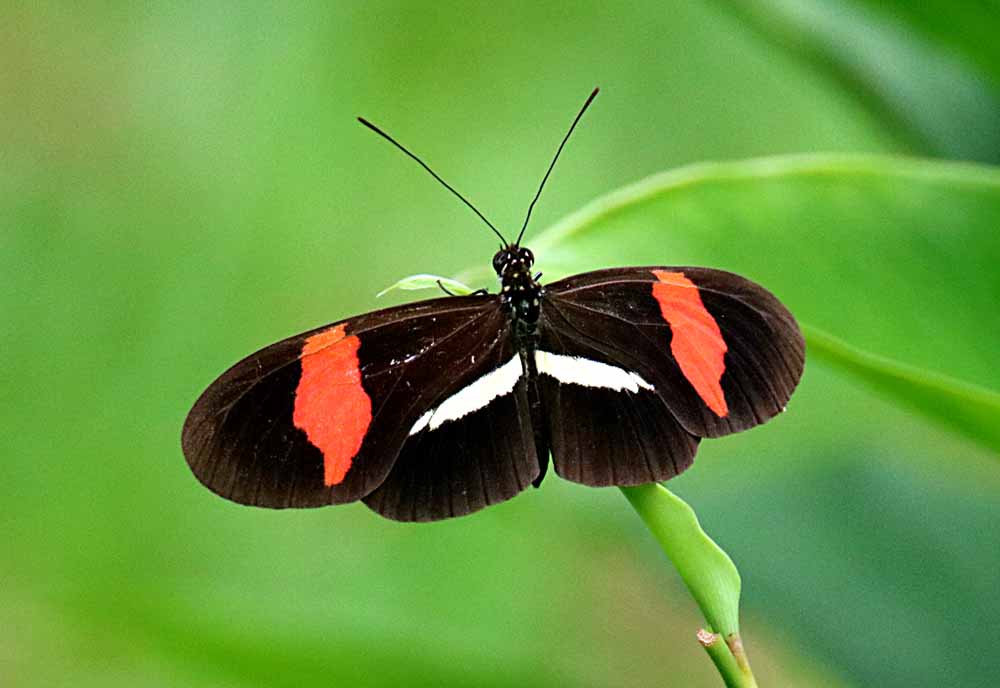
If there is one animal that you are guaranteed of seeing many of in Tortuguero, it might be the Green Iguana! And remember the differences in the two iguanas here: the Black Spiny-tailed lives only on the Pacific Slope & Coast while the Green can live anywhere but is more predominant on the Caribbean Slope. One photo for the email version and then a gallery of 6 different looks of the Green Iguana (my gallery link).
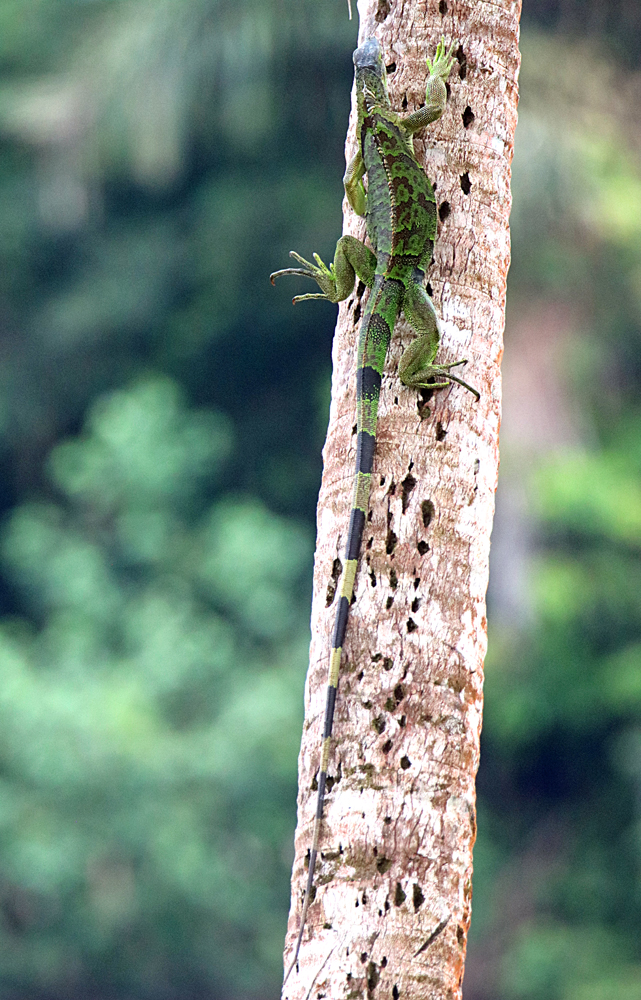
Every morning at Tortuga Lodge & Gardens there were two little flocks of two species of toucans directly behind my room eating berries from different trees; Keel-billed Toucans and Yellow-throated Toucans. Here’s just one photo of each species with more in my species galleries linked below the photos.
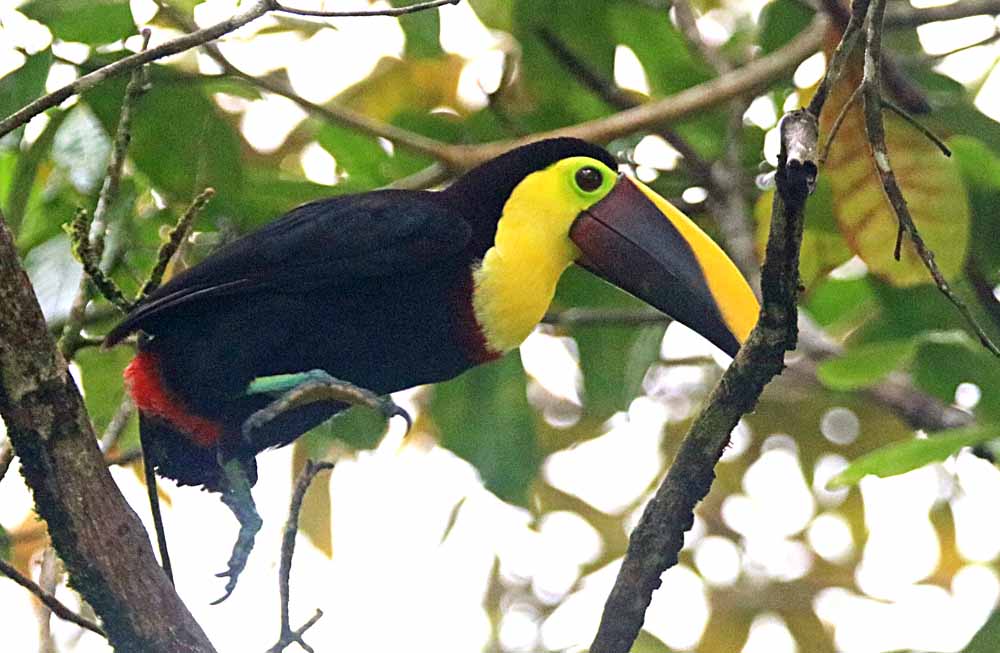
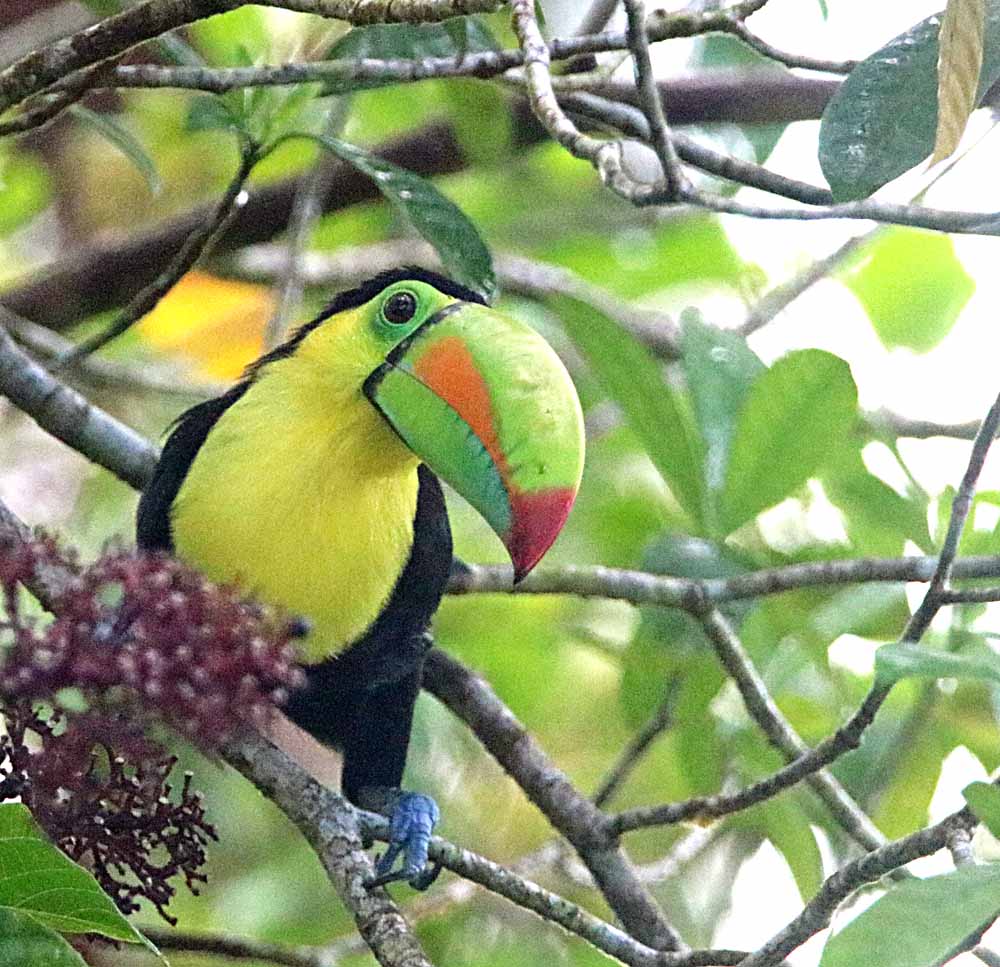
See more photos from this trip and from many other places in Costa Rica, including my gardens at home, with a gallery for each species:
¡Pura Vida!
This is one of the “resident” herons that do not migrate north during the rainy season. Same with the Black-crowned Night Heron, Boat-billed Heron (I shared a few days ago), Green Heron and other similar herons. While we did not see on our boat tour any Little Blue Herons, Great Blue Herons, Great Egrets or Snowy Egrets because they have all migrated north until around October when they begin returning to avoid the winter up north. See more of my photos of Yellow-crowned Night Heron, Nyctanassa violacea in that gallery.
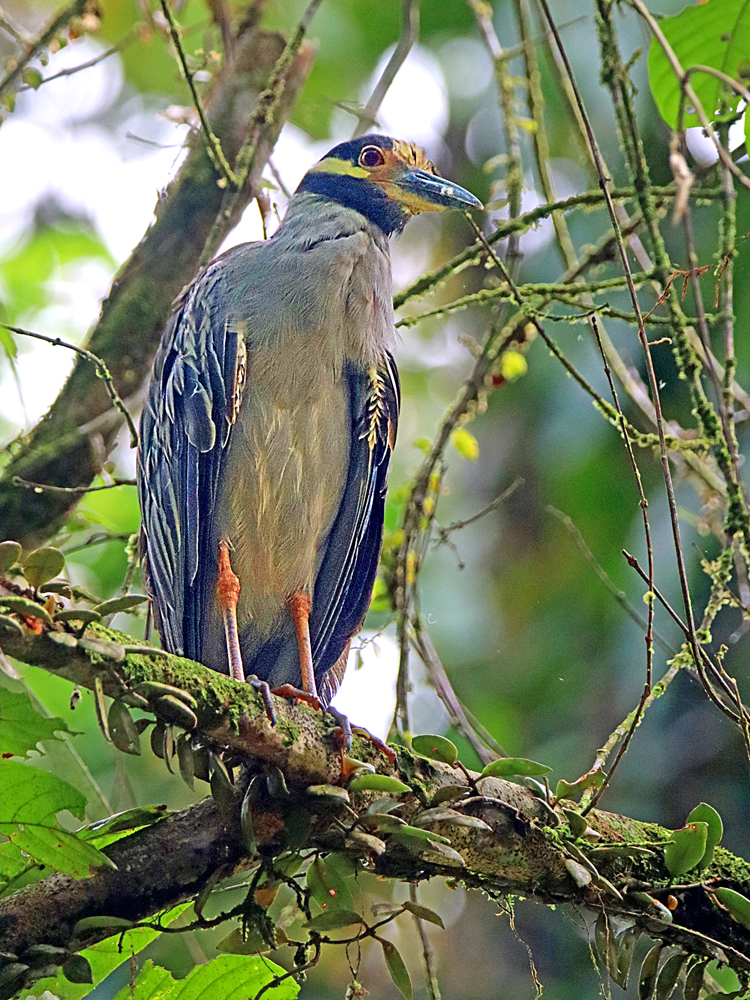
¡Pura Vida!
And in the past I would have shared photos of the parade in Atenas, but the hot sun and often long time sitting on a little plastic stool or if early enough, a concrete bench is beginning to be too much for me, so no report on yesterday’s patriotic parade in Atenas. Here is Google’s AI summary of what goes on every September 15:
“Yesterday’s Independence Day celebrations in Costa Rica included the traditional “Foles” or lantern parade the night before, followed by patriotic school parades, flag ceremonies, and student performances on the actual holiday, September 15th, emphasizing unity, hope, and freedom. The day honors Costa Rica’s 1821 independence from Spain with national pride and cultural traditions.”
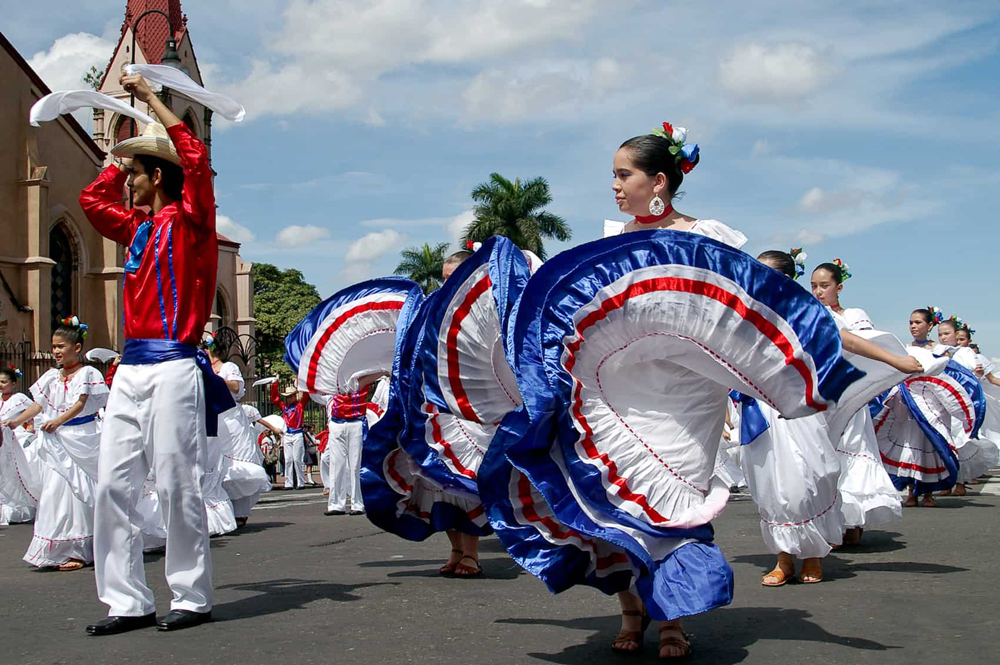
RUNNING OF THE TORCH Tico Times article on that event.
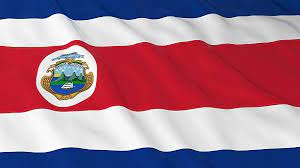
Jaco was the only town with a parade amateur video posted online last night when I did this. Jaco is a beach town west of Atenas and their parade seems more hectic than ours! 🙂
¡Pura Vida!